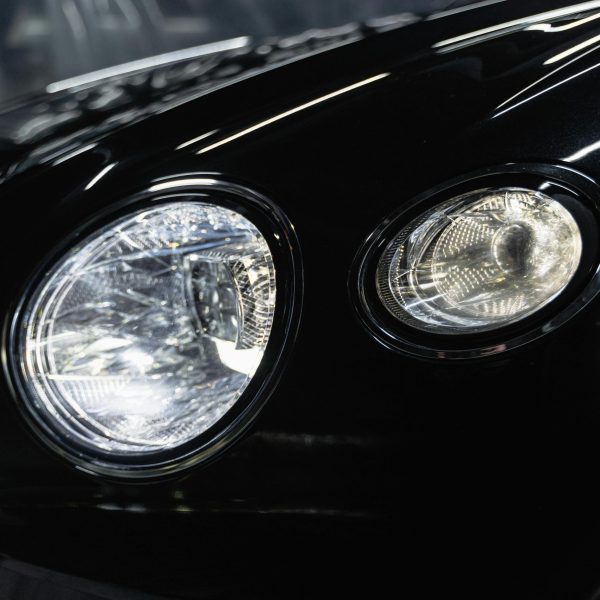Understanding Fog Lights and How They Work
Fog lights are typically mounted lower on the front of the vehicle, close to the bumper, to improve their effectiveness. Regular headlights are aimed higher and further down the road, which can cause the light to reflect off fog, rain, or snow and create glare.
Fog lights, however, direct their light at a sharper downward angle and have a much wider spread, illuminating the ground immediately in front of the vehicle. This helps cut through the fog without reflecting back and allows the driver to see more of the road immediately ahead.


